Landscape Fabric Alternatives

Table of Contents
Landscape Fabric Alternatives: Eco-Friendly and Effective Options
Choosing the right ground cover for your landscaping project is crucial for weed control, soil moisture retention, and overall plant health. While landscape fabric (also known as weed barrier fabric) is a popular choice, many are looking for alternatives due to its environmental impact and potential drawbacks. This article explores effective and eco-friendly alternatives to landscape fabric, helping you make an informed decision for your garden.
Why Look for Landscape Fabric Alternatives?
Landscape fabric, while effective at suppressing weeds, has several downsides:
- Environmental Concerns: Many fabrics are made from petroleum-based plastics, contributing to pollution and landfill waste. They can also hinder soil aeration and beneficial microbial activity.
- Durability Issues: Over time, landscape fabric can degrade, requiring replacement and adding to waste. UV exposure weakens it, and it can tear easily, negating its weed-suppressing properties.
- Cost: While initially affordable, the need for frequent replacement can make landscape fabric a costly long-term solution.
- Installation Challenges: Proper installation is critical, and improperly laid fabric can lead to issues with water drainage and plant health.
Top Landscape Fabric Alternatives
Fortunately, several excellent alternatives offer comparable benefits with reduced environmental impact and increased sustainability.
1. Cardboard Mulch: A Simple and Sustainable Choice
Cardboard is a readily available and biodegradable alternative to landscape fabric. Simply lay down flattened cardboard, overlapping the edges, and cover it with a thick layer of mulch (at least 2-3 inches).
- Pros: Cheap, readily available, biodegradable, suppresses weeds effectively.
- Cons: May need to be replaced more frequently than some other options, less durable in heavy rain. Ensure you remove any tape or labels before use.
2. Newspaper Mulch: Another Free and Effective Option
Similar to cardboard, newspapers can be a great, inexpensive weed barrier. Use several layers, overlapping them to create a dense barrier. Cover with mulch for aesthetic appeal and to prevent the newspaper from blowing away.
- Pros: Free, readily available (especially if you subscribe to a paper!), biodegradable.
- Cons: May attract pests if not covered with mulch, can be visually unappealing before mulching. Use only plain newspaper without glossy inserts or colored inks.
3. Wood Chips and Mulch: A Classic and Effective Approach
A thick layer (3-4 inches) of wood chips or other organic mulch acts as a natural weed barrier, suppressing weed growth while improving soil health.
- Pros: Enhances soil structure, retains moisture, improves soil fertility, aesthetically pleasing.
- Cons: Needs replenishing periodically, may require more frequent weed pulling than other methods.
4. Gravel and Stones: Low-Maintenance and Durable
Gravel and stones provide excellent weed suppression, are visually appealing, and require minimal maintenance. They are ideal for pathways, driveways, and areas with limited plant life.
- Pros: Long-lasting, low-maintenance, aesthetically versatile.
- Cons: Can be expensive depending on the type and quantity needed, doesn’t improve soil health.
5. Living Mulches: A Sustainable and Beneficial Option
Living mulches, such as clover or creeping thyme, are planted between other plants to suppress weeds naturally. They also improve soil health and add to the overall beauty of your garden.
- Pros: Improves soil health, suppresses weeds naturally, visually appealing.
- Cons: Requires more planning and maintenance than other options, might not be suitable for all climates or plant combinations.
Choosing the Right Alternative for Your Needs
The best landscape fabric alternative depends on your specific needs and preferences. Consider factors such as:
- Budget: Some options, like cardboard and newspaper, are virtually free, while others, like gravel, can be more expensive.
- Aesthetics: Think about how the chosen alternative will look in your garden.
- Maintenance: Some alternatives require more frequent replenishing than others.
- Climate: Certain options are better suited to specific climates.
By carefully considering these factors, you can choose a sustainable and effective landscape fabric alternative that meets your landscaping needs without harming the environment. Remember to always research the best practices for applying your chosen alternative for optimal results.

Thank you for visiting our website wich cover about Landscape Fabric Alternatives. We hope the information provided has been useful to you. Feel free to contact us if you have any questions or need further assistance. See you next time and dont miss to bookmark.
Featured Posts
-
Elegant French Dining Room
Dec 10, 2024
-
Villa Stars Champions League Dream
Dec 10, 2024
-
Fireplace Tv Stand Dark Brown
Dec 10, 2024
-
Daniel Penny Acquitted In Jordan Neely Death
Dec 10, 2024
-
Cone Fireplace Indoor
Dec 10, 2024